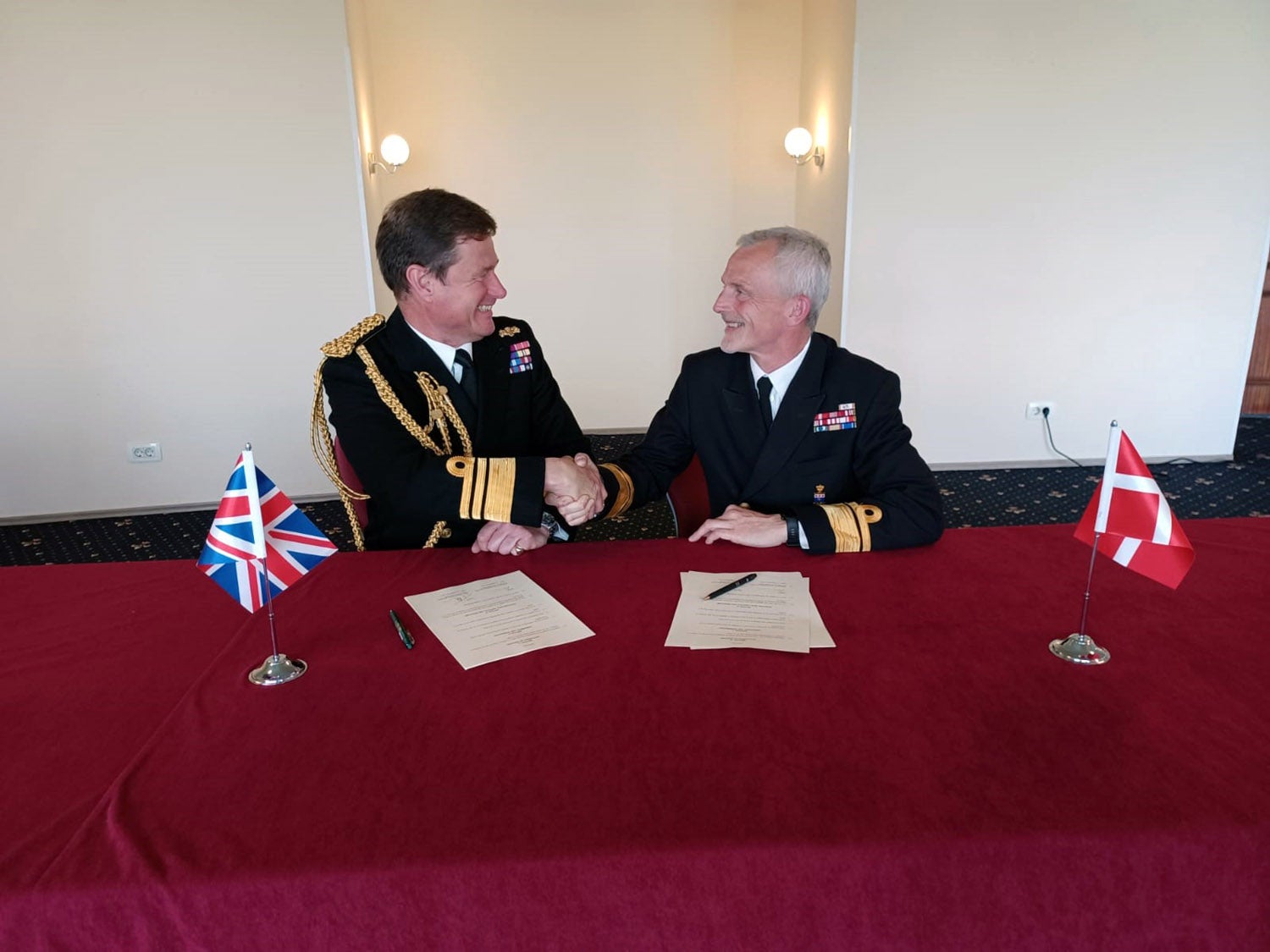- Reaction score
- 7,296
- Points
- 1,160
I wouldn't be so quick to lump praise of Maersk for being so competent and skilled that they managed to keep costs down through their expertise alone, there was serious cost saving measures put into place that most people seem to forget.
Like the fact that the Iver Huitfeldt class was not solely built in Denmark but rather was constructed in blocks in Estonia and Lithuania before transported to Denmark for assembly and fit out of the modules. Employing the StanFlex system allows for the use of modular systems which further separates the cost of components from the overall cost estimates of the ship. As was mentioned above also making use of older weapons and systems from other ships. All of this shouldn't be disregarded as its major cost savings which skews the realistic cost of these vessels if you wanted to build them anywhere else and in a normal manner. They also worked in the use of civilian building standards wherever possible which is another way to slice costs off a program.
They also obfuscated costs by from what I understand as accepting the ships in an incomplete condition, adding weapons systems later using the STANFLEX system. If I am not mistaken, I remember seeing reports saying that the Danish Navy saved up into the hundreds of millions by reusing components through STANFLEX from other vessels while some of these systems weren't even certified for operations initially. HDMS Niels Juel participated in Exercise Bold Alligator in 2014 (she commissioned in 2011) in a seemingly rather incomplete state. As mentioned above, her 76mm guns, torpedo tubes, alongside the launchers for ESSM and Harpoon were refurbished fittings from decommissioned ships. Mark 41 VLS was empty and awaiting operational certification, requiring additional components and their missiles to be fitted/procured. Their 35mm Oerlikon gun aft was actually a dummy fitted to maintain the flight decks wind characteristics as it was still undergoing certification. Their original crew requirements were found to not be working and they needed to bring aboard additional personnel largely focused in their engineering departments. They said that they were in the process of improving the damage control fittings aboard by adding some internal features while they didn't have a secondary steering control installation aboard and required additional navigational equipment.
:quality(70)/cloudfront-us-east-1.images.arcpublishing.com/archetype/PU4YVBLEJNDI3DCI364C65TVKI.jpg)
Aboard Danish Frigate, Clean Lines and Room To Grow
ABOARD HDMS NILS JUEL IN THE CHESAPEAKE BAY – It is striking how the now-familiar smooth, angled architecture of tod...www.defensenews.com
I am not trying to say that these vessels won't be effective combatants eventually but its clear to see how heavily that cost cutting measures were integrated into the design. These kinds of costs obfuscate the realistic sticker price of these vessels and makes fair comparison elsewhere difficult. I have no doubts Maersk's experience did help somewhat but as I hope I've shown, it doesn't seem to be the driving factor on cost savings here.
Accepted that it wasn't the difference in price between the 300,000,000 USD hull and the 1-2 BUSD cost of a fully equipped modern vessel.
However it was the design that made the hull flexible enough to be adapted to existing and future weapons as well as a very broad range of tasks. And yes modules were built out of country - Odense Shipyards were struggling to find new business models to stay in business. Ultimately it was found cheapest to have Danish designs for container ships built in Korea.
I give OMT//Maersk credit for generating a design, and implementing it. That design put useful, upgradeable hulls in the water, quickly, at a price the Danish Navy could afford. That design has since been found adequate for some RN needs and the needs of the Polish Navy. and is also in the running with the Greeks.
I note also that the RN has contracted with the Royal Danish Navy to transfer their operational experience with these ships.

Danish and British navies collaborate for Type 31 frigates
Navies of Denmark and the UK have signed an agreement to support the UK Royal Navy’s (RN) next-generation Inspiration-class Type 31 frigates.
Fleet commonalities within JEF. That would make for 11 Type 31s (5 UK, 3 Danish, 3 Polish) in the Baltic region.
They also obfuscated costs by from what I understand as accepting the ships in an incomplete condition, adding weapons systems later using the STANFLEX system. If I am not mistaken, I remember seeing reports saying that the Danish Navy saved up into the hundreds of millions by reusing components through STANFLEX from other vessels while some of these systems weren't even certified for operations initially.
You say that like it is a bad thing. I consider that to be canny use of taxpayer's dollars/krone. The weaponry could be seen as not being part of the ship but loaned to the ship by the Logistics Organization as GFE. If the mission requirement changes then the weapons fit changes.
It is unfortunate that the Americans couldn't figure out how to make that stratagem work in their LCS class.
And, for the record, what do we intend to do with the guns and missiles from the Halifaxes when they come out of service?
12x 57mm
12x 20mm CIWS
12x 16 ESSM
12x Torpedo launch systems.


